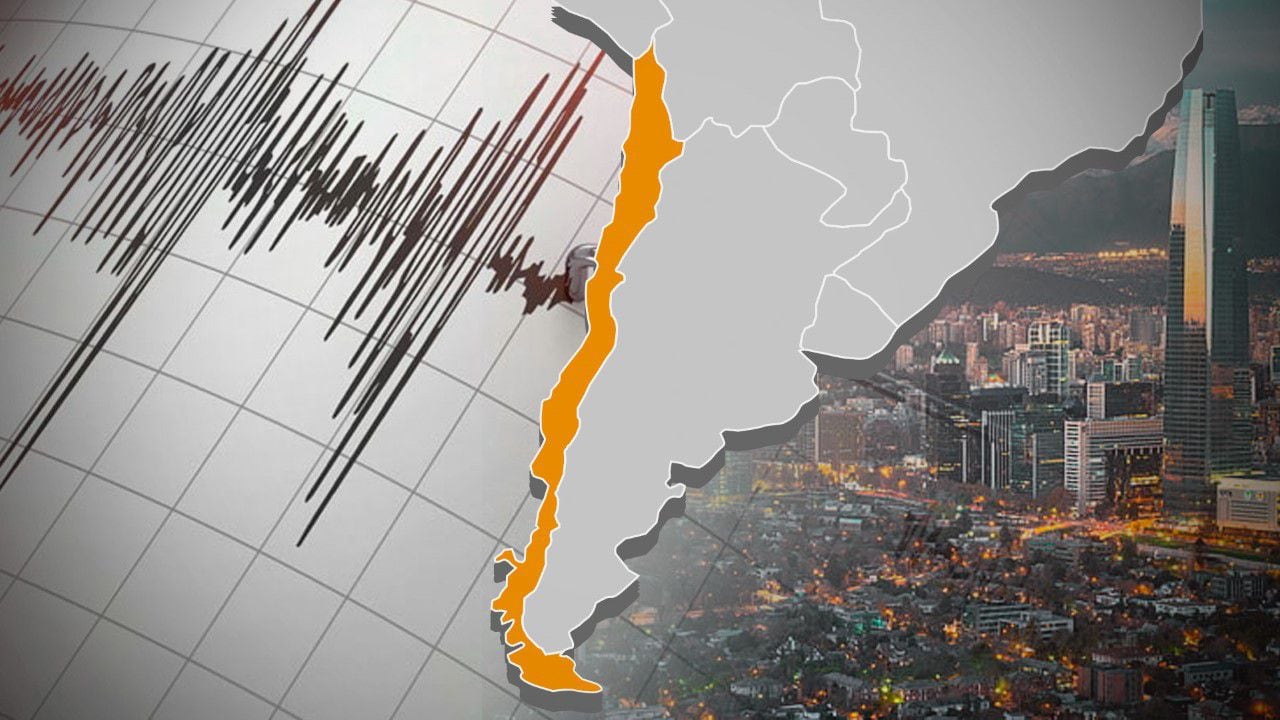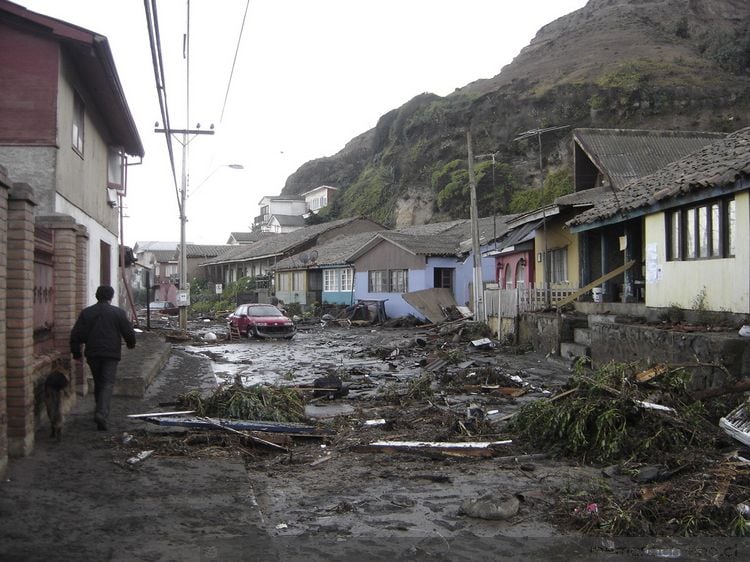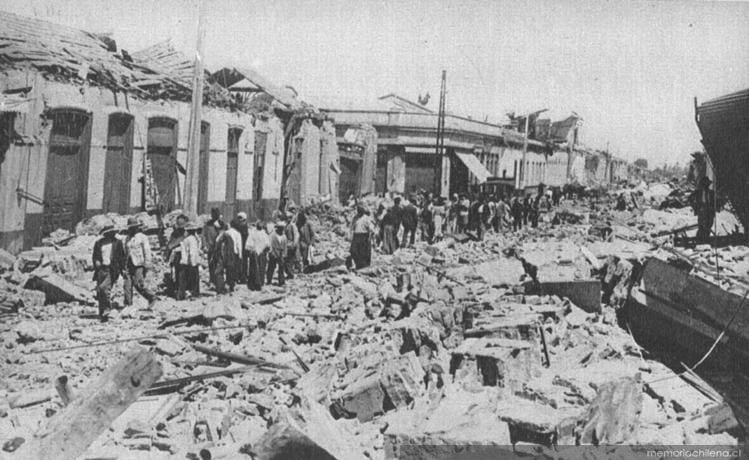Tremor of magnitude 3.2 surprises the city of Huasco
[ad_1]

The National Seismological Center (CSN) reported on a magnitude 3.2 earthquake with epicenter 37.0 kilometers from the city of Huasco.
Preliminary information specifies that the seismic activity began at 07:43 hours (local time) this Saturday, October 7 and had a depth of 35.0 kilometers.
The coordinates of the epicenter were recorded at -71.464 degrees longitude and -28.725 degrees latitude, according to CNS data.
Remember that in the event of any earthquake, information follows only from official sourcesavoid falling into rumors or fake news.
After an earthquake, check your home for possible damage, use your cell phone only in case of emergency, avoid saturating telephone lines, do not light matches or candles until you are sure that there is no gas leak. It is important to mention that after a major earthquake, aftershocks may occur, so it is important to be alert.
An earthquake can happen at any time, so it is important to be prepared with the following measures: prepare a civil protection plan, organize evacuation drills, find safety zones at home, school or workplace and prepare a backpack of emergency.
During an earthquake, stay calm and find a safe place, stay away from objects that could fall, do not use elevators, or stay in a stairwell or door frame.
If you are in a car, park and stand away from buildings, trees and poles; If you are on the coast, leave the beach and take refuge in high areas, given the possibility of a tsunami; And if you are in a wheelchair and cannot move to a safe place, brake the wheels and protect your head and neck with your arms.

Chile is one of the countries with the most seismic activity on the planetthis is due to its geographical and geotectonic location, since it is within one of the areas with the greatest release of energy, in the permanent convergence of the “Nazca Plate” and the “South American Plate”, in the so-called subdiction zone .
In addition, the country is located in a region known as the Pacific Ring of Fire, considered the region with the largest number of volcanoes and earthquakes on the planet.
This area brings together 75% of the volcanoes that exist in the world and includes more than 450 volcanic structures. In addition, it is where 90% of the seismic activity worldwide and 81% of the strongest telluric movements on the planet occur.
Only in Chile have 50% of the tsunamis recorded in the world occurred, according to information from the Department of Emergency and Disaster Risk Management.
The Pacific Ring of Fire reaches the entire Pacific coast, starting in Chile, passing through Central America, Mexico, the United States, traveling through the Aleutian Islands, then down the coasts of Russia, Japan, Taiwan and the Philippines, until reaching New Zealand.
Some volcanoes that are located in the Pacific Ring of Fire and that have produced relevant eruptions with enormous damage on a global scale are: Krakatoa In Indonesia, Mount Fuji in Japan, Mount St. Helens in the United States, the Bump in Mexico and the Nevado del Ruiz in Colombia, among others.
Every time a major earthquake or eruption occurs in this area, fear arises that the Pacific Ring of Fire is “activated” causing more natural disasters, however, this is not possible, since each earthquake or volcanic activity is mostly independent of each other, that is, they have no direct relationship.
Since 1570, About a hundred strong earthquakes have occurred in Chile, of which almost thirty were of magnitude greater than 8.
According to the Department of Emergency and Disaster Risk Management, on average, an earthquake of magnitude above 8 occurs every decade. These are some of the strongest tremors recorded in the history of Chile.
The strongest earthquake in history
On the afternoon of May 22, 1960, the strongest earthquake on record occurred, with a magnitude of 9.5, with the city of Traiguén, in the province of Malleco, as its epicenter. However, it is known as the “Valdivia earthquake” because it was where there was the most damage.
The seismic activity also caused a tsunami with waves up to 10 meters high that devastated much of the south of the country. The tsunami was felt beyond Chile, reaching Asia, in Japan, for example, it was hit with waves six meters high, leaving several dead and significant damage in its wake.
The official death toll is not precise, it is only known that there were more than 2 thousand victims.
The last great earthquake
The last great earthquake that shook Chile was the one known as “27F” which occurred on February 27, 2010, the second strongest earthquake in its history.
With a magnitude of 8.8, the earthquake had its epicenter on the coasts of the Maule region and took the population by surprise during the early hours of the morning.
As in 1960, about half an hour after the earthquake, a tsunami hit the country, mainly in the regions of Maule and Biobío. Outside of Chile, the tsunami reached Peru, Ecuador, Colombia and Costa Rica, without major damage.
As a result of the earthquake, more than 500 people died and around fifty were missing.

The deadliest earthquake
On the night of January 24, 1939, it occurred the deadliest earthquake in the history of Chile. An 8.3 magnitude earthquake was felt from Valparaíso and to Temuco, however, it was in Concepción and Chillán where there was the most damage.
This telluric movement was called the Chillán earthquake because it was right there where it left the most destruction in its wake, just saying that More than half of its buildings collapsed.
As a result of the earthquake, electricity, telephone and telegraph services were interrupted, there was no transportation, the railway station was left in the ground and the disaster caused a shortage of food and water.

The Chillán earthquake of 1939 is the tragedy that has claimed the most fatalities in Chile. The official death toll was 24,000, but some estimate that it was close to 30,000, although only 5,685 were identified.
Other earthquakes
In addition to the earthquakes mentioned, there have been other important ones in the history of Chile.
For example, two other telluric activities with magnitude greater than 8.5 have been recorded, however, these have happened more than 100 years ago -not counting the earthquakes already mentioned-, according to CSN records.
In the early morning of July 8, 1730, an 8.7 magnitude earthquake was felt in Valparaíso that left around 3,000 victims. Another earthquake, this time a magnitude 8.8, was felt in Arica on the night of September 16, 1615, which surprisingly left no people dead.
On the other hand, there are two more tremors that left more than 2 thousand deaths: on the night of May 9, 1877, in Iquique, an earthquake of magnitude 8.5 was recorded; and that of the morning of February 8, 1570, which had a magnitude of 8.3.
KEEP READING:
More news
Latest earthquakes recorded in Chile
Air quality in Chile
[ad_2]
